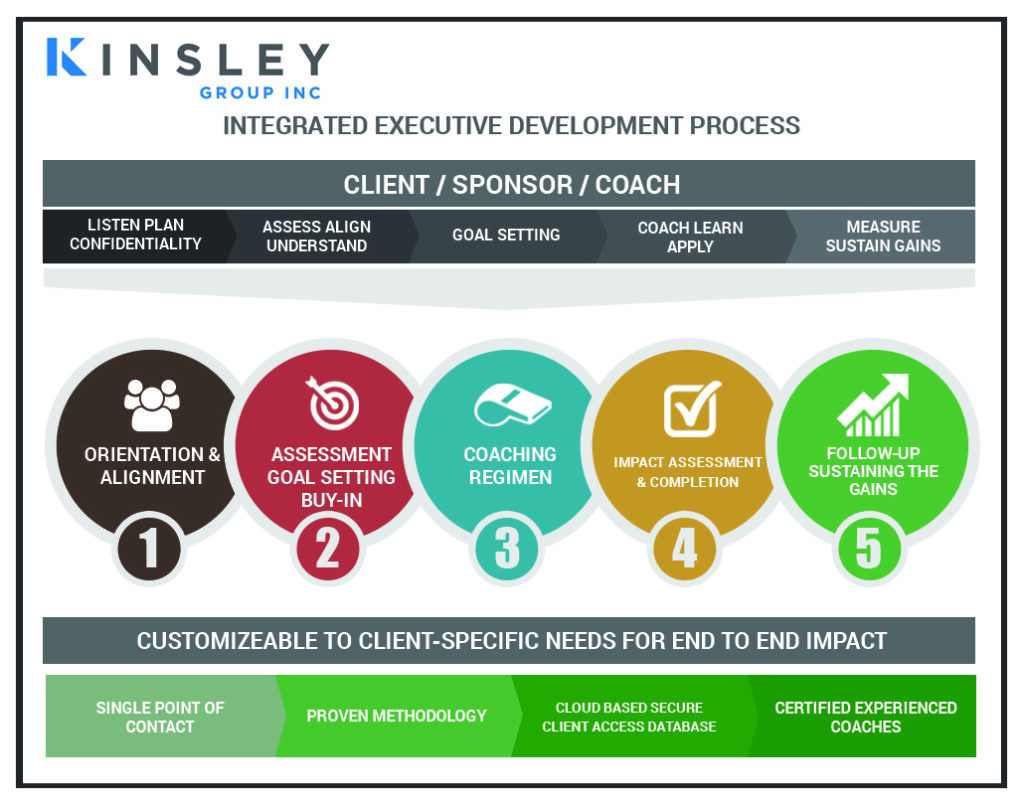
We orient the Client to the coaching process, ensuring the confidentiality of the coaching process is well understood, and that expectations regarding outcomes are confirmed.
We then review the Client’s assessment(s) to better understand their specific development needs. From the assessment(s) we establish 3 to 5 specific coaching objectives including how we will measure progress and the achievement of those objectives. (The coaching objectives may be subject to the review and approval of the Sponsor, if any.)
Client becomes oriented to the coaching relationship and the coaching techniques. The coach will be teaching the Client how to maximize the process, and how/why they do what they do, as they go. Coach/Client trust builds. The Client should begin to see growth, development and/or action in most sessions from day one. Clients often report that they are beginning to think and act differently in this early phase, however changes are not always visible to others.
The coaching at this stage is much more natural and less stilted because the processes have become familiar, and trust is well-established. Growth, development, and action are more intense as a result, and clients report feeling, thinking, and behaving differently. Organizations typically report observing differences in clients’ behavior during this phase.
Issues that are more difficult to detect and process become apparent to the Coach and the Client. Coaching can intensify. During this phase Clients often report a significant amount of growth and behavior change. Organizations should see significant behavioral changes at this point. For some Clients a natural completion point becomes clear, although some may require more time. The Client is best positioned to determine if they have developed as much as is possible for the time being. Some clients drop to a reduced schedule some choose to complete altogether.